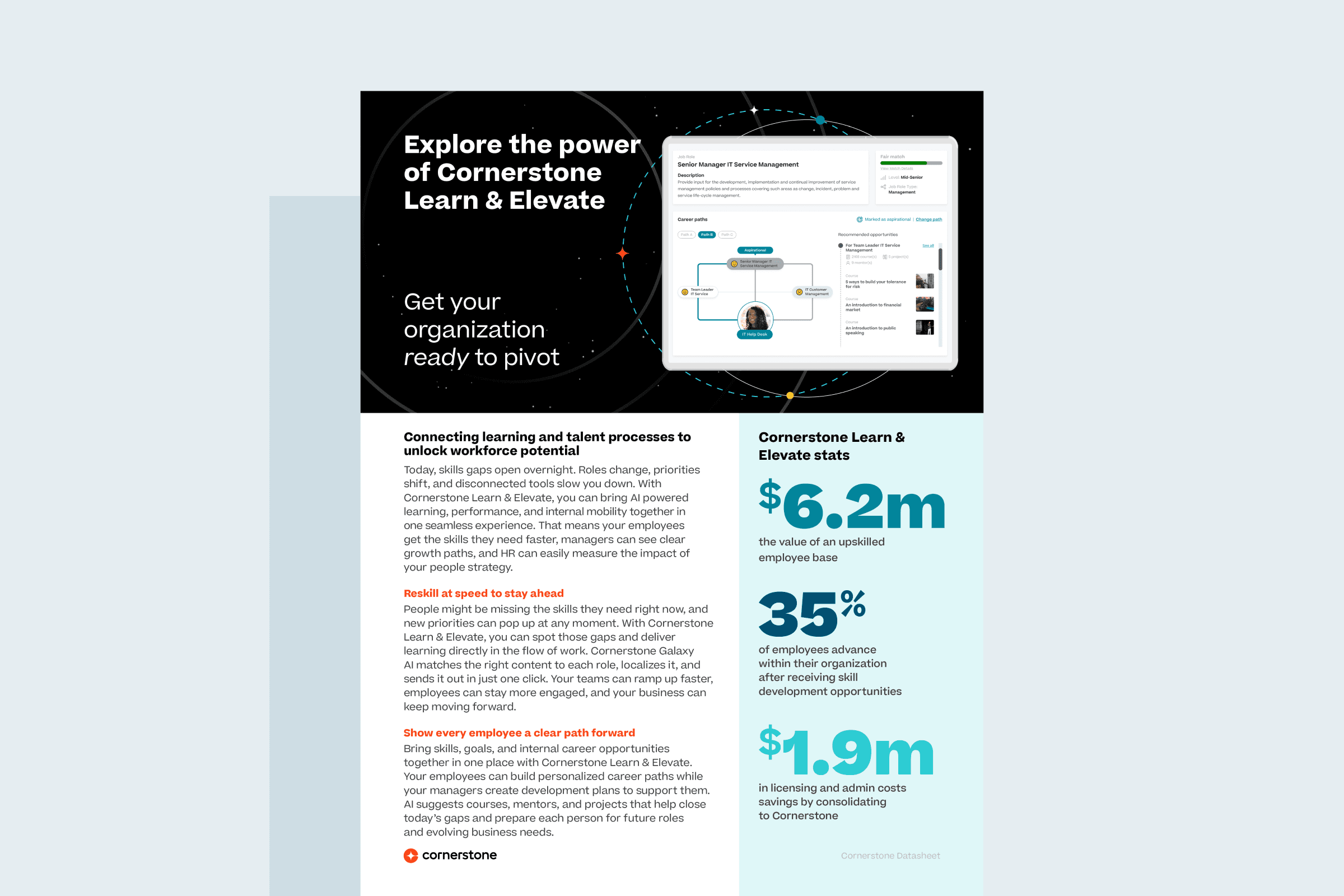Key Takeaways
- Top employers prioritize personal needs alongside professional needs for their employees to boost value and retention.
- Companies like Microsoft, Facebook, and Tesla offer unique empathetic policies to support employee well-being and flexibility.
- Benefits like on-site clinics, flexible work hours, and paid parental leave are key ways to promote empathy and retain talent.
Today's top employers are doing much more than providing a good salary and basic benefits to recruit and retain employees. In fact, some employers are trying to empathize with employees' personal needs as much as they focus on their professional needs. You've heard of on-site fitness classes — but how about on-site health clinics? Unlimited vacation is nice — but wouldn't a flextime schedule better match your work-life balance goals?
For companies that offer these and other "personal" benefits, the potential payoff is promising — based on a recent report, UK consultant group Lady Geek found that the most empathetic companies increased in value more than twice as much as the least empathetic companies in 2015.
How do you measure "empathy"? Lady Geeks defines the term as "a cognitive and emotional understanding of others' experiences" and consults clients on how to engage with customers and employees holistically. Their analysis uses a variety of metrics, such as CEO approval ratings, gender ratios on the board, brand controversy (such as scandals and fines) and sentiment on the company's social networks.
Below are the 10 companies that topped their Global Empathy Index — and a little something to learn about empathetic policies from each.
1. Microsoft
- Headquarters: Redmond, WA
- Monetary value: $436.4B*
- Number of employees: 118,584
- Empathetic policy highlight: Microsoft offers a lab program, Microsoft Garage, which both encourages and supports employees' side gigs and creative ideas. The program allows employees across any department to brainstorm, plan and develop projects outside their primary job or function at Microsoft.
2. Facebook
Photo: Creative Commons
- Headquarters: Menlo Park, CA
- Monetary value: $289.1B
- Number of employees: 11,996
- Policy highlight: Facebook allows employees to select their own workday start and stop times. The flextime program provides employees with the opportunity to align their hours on the job with their lifestyle, which Facebook believes leads to greater flexibility and productivity.
3. Tesla
Photo: Creative Commons
- Headquarters: Palo Alto, CA
- Monetary value: $29.2B
- Number of employees: 12,000
- Policy highlight: Tesla pays 100 percent of the direct plan costs for employee health plans. The plans come with high deductibles, but with an in-house medical clinic, employees can avoid unnecessary visits through an on-site clinic visit first.
4. Alphabet (Google)
Photo: Creative Commons
- Headquarters: Mountain View, CA
- Monetary value: $515B
- Number of employees: 59,976
- Policy highlight: Mom or dad-to-be? Moms get up to 18 weeks of paid leave, while dads get six. To help out even more, the company provides "baby bonding bucks" to help with expenses, such as formula and diapers.
5. Procter & Gamble
Photo: Creative Commons
- Headquarters: Cincinnati, OH
- Monetary value: $213B
- Number of employees: 118,000
- Policy highlight: Life happens. And when employees are going through a difficult time, Procter & Gamble offers a personal leave of absence. Employees can take up to three months off periodically without pay — but with continued benefits — allowing employees to take time for personal needs and the company to retain valuable talent.
6. Apple
Photo: Shutterstock
- Headquarters: Cupertino, CA
- Monetary value: $587B
- Number of employees: 66,000
- Policy highlight: Apple prioritizes employee health by offering a wellness center at its corporate headquarters, which includes doctors, physical therapists, chiropractors and dietitians. Don't work full-time or at corporate locations? No worries — even part-time and remote employees qualify for benefits.
7. Johnson & Johnson
Photo: Shutterstock
- Headquarters: New Brunswick, NJ
- Monetary value: $278B
- Number of employees: 126,500
- Policy highlight: Johnson & Johnson is a leader in understanding how employees' movement while working affects physical health. They've built an ergonomic workplace and implemented strategies to improve productivity as well as long-term health and wellness.
8. Walt Disney
Photo: Creative Commons
- Headquarters: Burbank, CA
- Monetary value: $170.2B
- Number of employees: 180,000
- Policy highlight: Employees receive free and discounted admission at many Walt Disney theme parks across the country, which can save workers' and their families thousands over the course of one's career with the company (not to mention provide some pretty cool vacations for theme park enthusiasts).
9. Prudential Financial
Photo: Creative Commons
- Headquarters: Newark, NJ
- Monetary value: $35.8B
- Number of employees: 48,331
- Policy highlight: Being a caregiver for a parent or relative is a tough job, but Prudential makes it easier by providing adult care in an employee or loved one's home. In addition, the company provides geriatric care services (in-home care and facility assessments), elder law services and adult care-giving seminars.
10. Audi
Photo: Creative Commons
- Headquarters: Herndon, Virginia
- Monetary value: $28.8B
- Number of employees: 80,000
- Policy highlight: The Audi Veterans to Technicians Program is designed to bring veterans back into the workforce. Participants in the program receive individualized support, advice and assistance from a team of dedicated program staff.
*Data on each company’s market capitalization from Google Finance on 1/5/15 was used to determine the monetary value of all companies in this list.
Get in touch with one of our experts to explore how we can tailor our solutions to your organization's needs.


